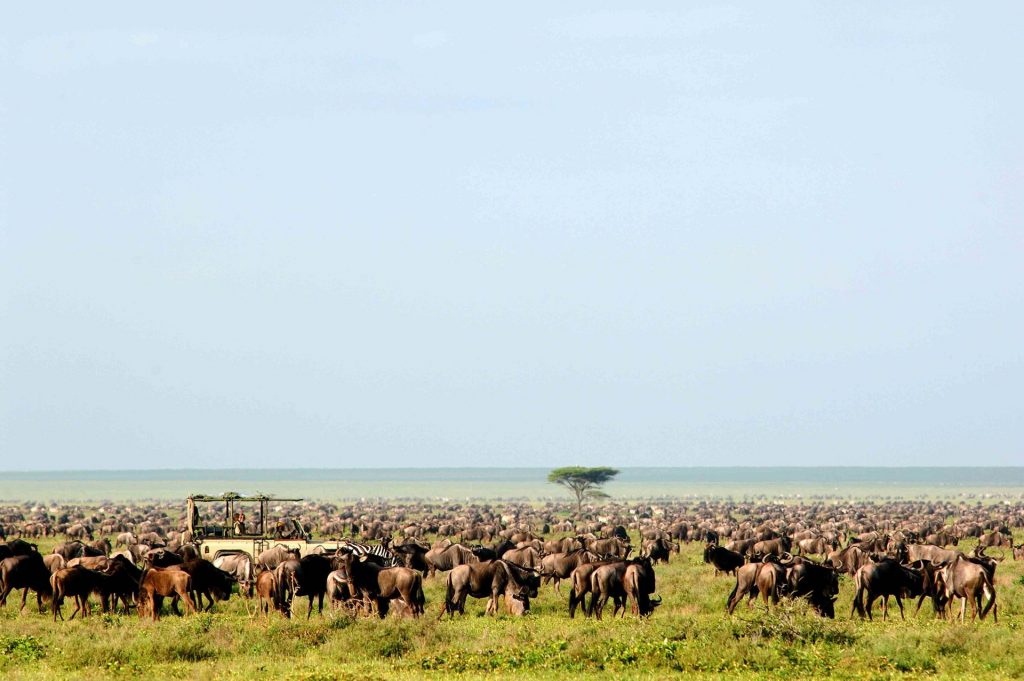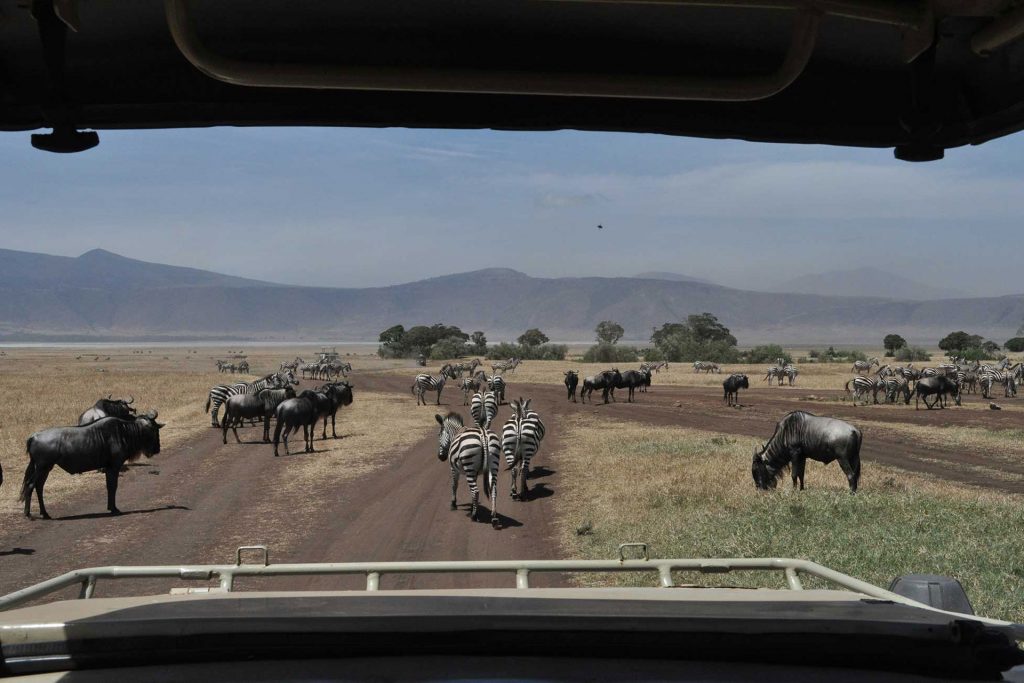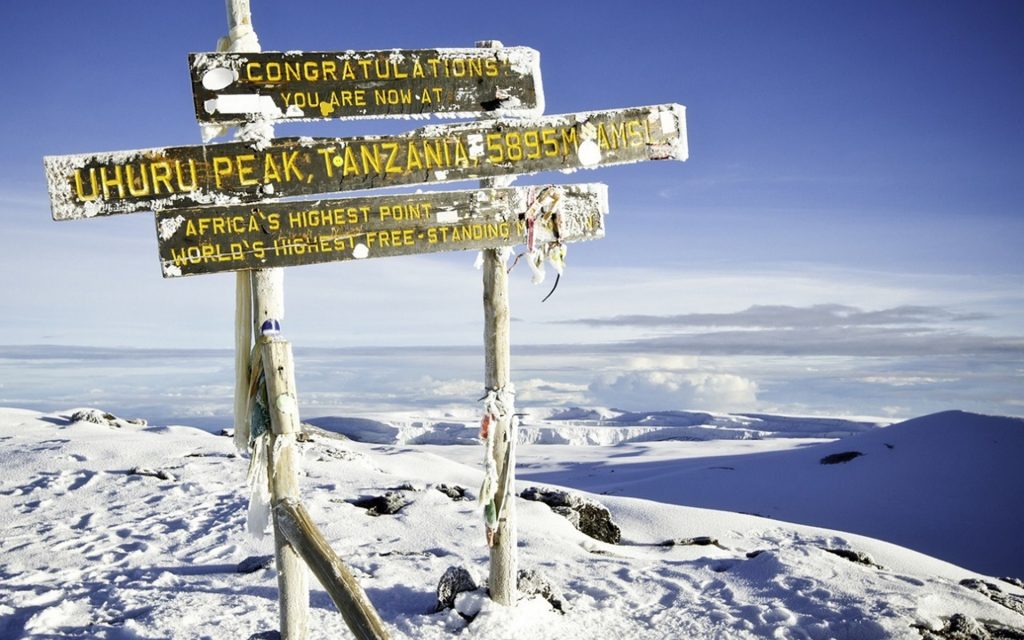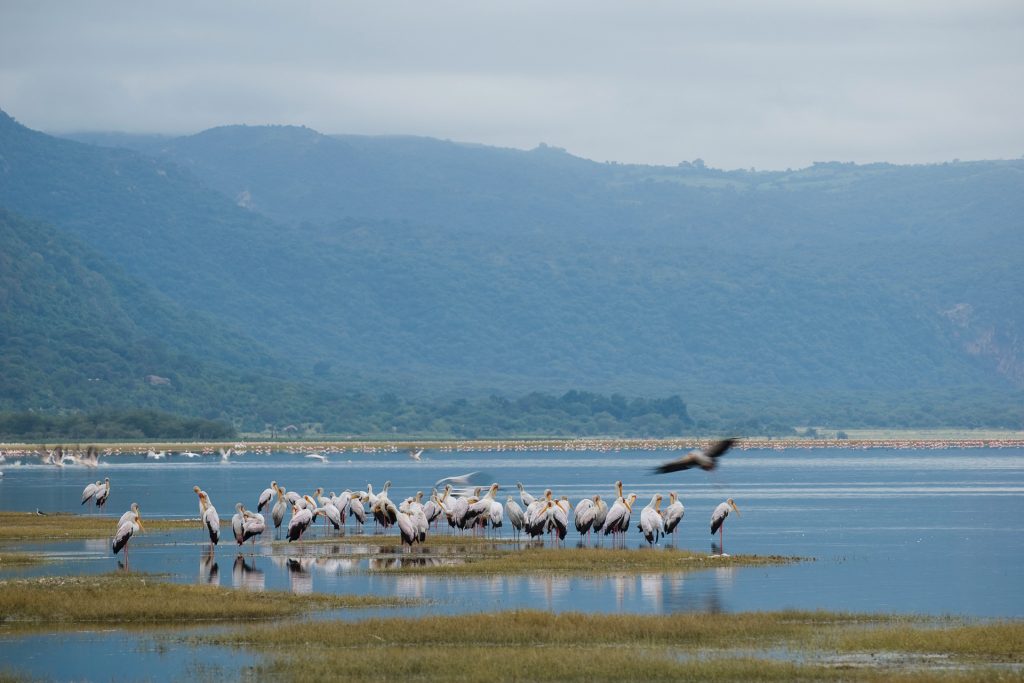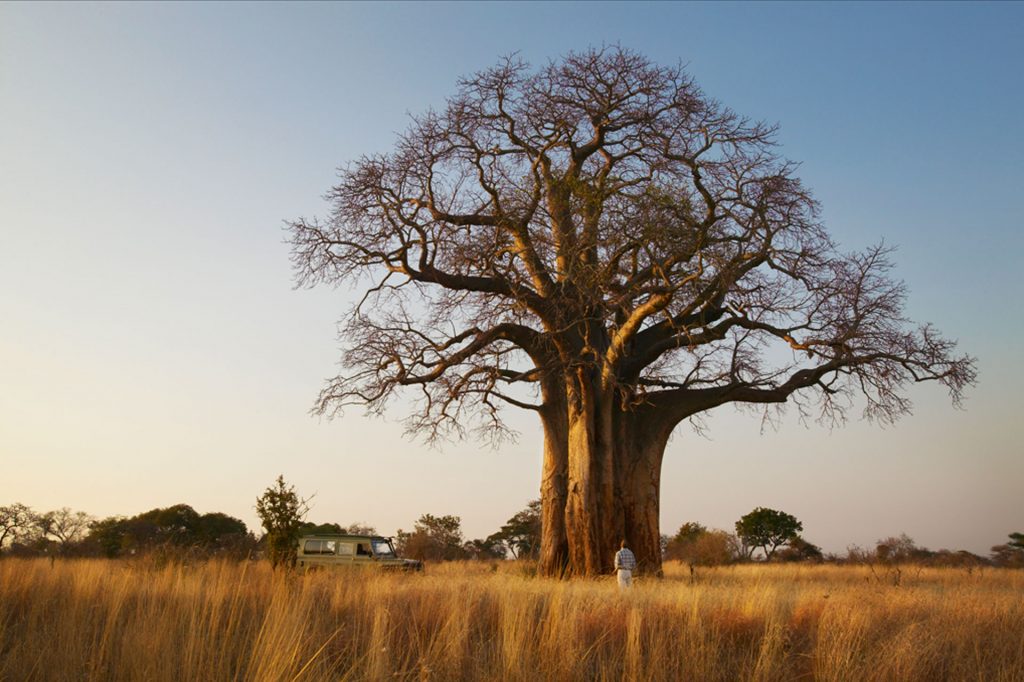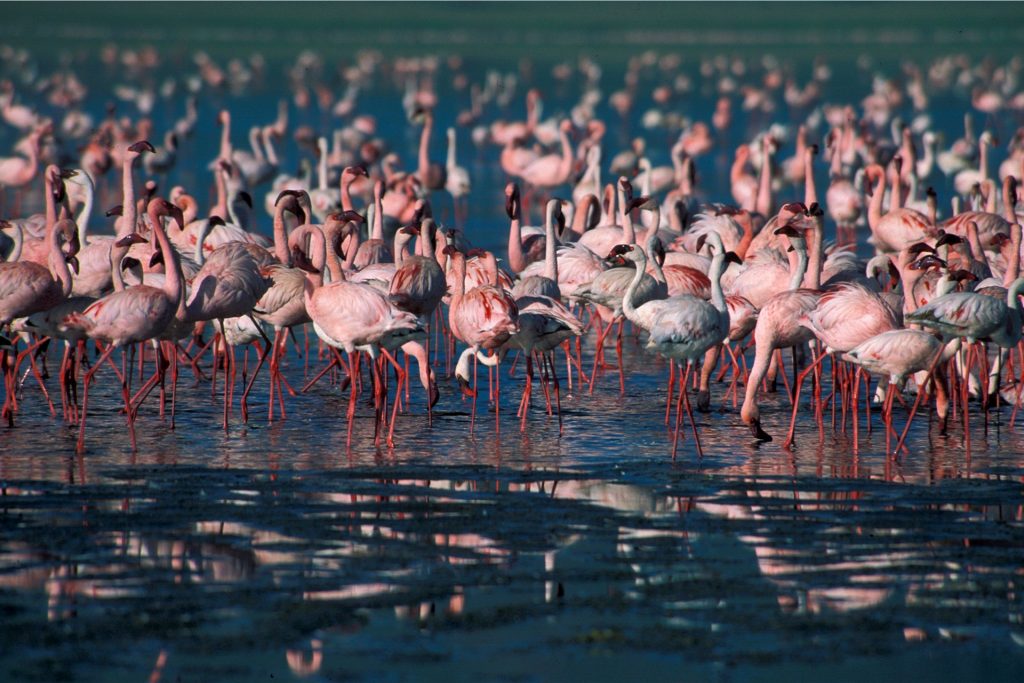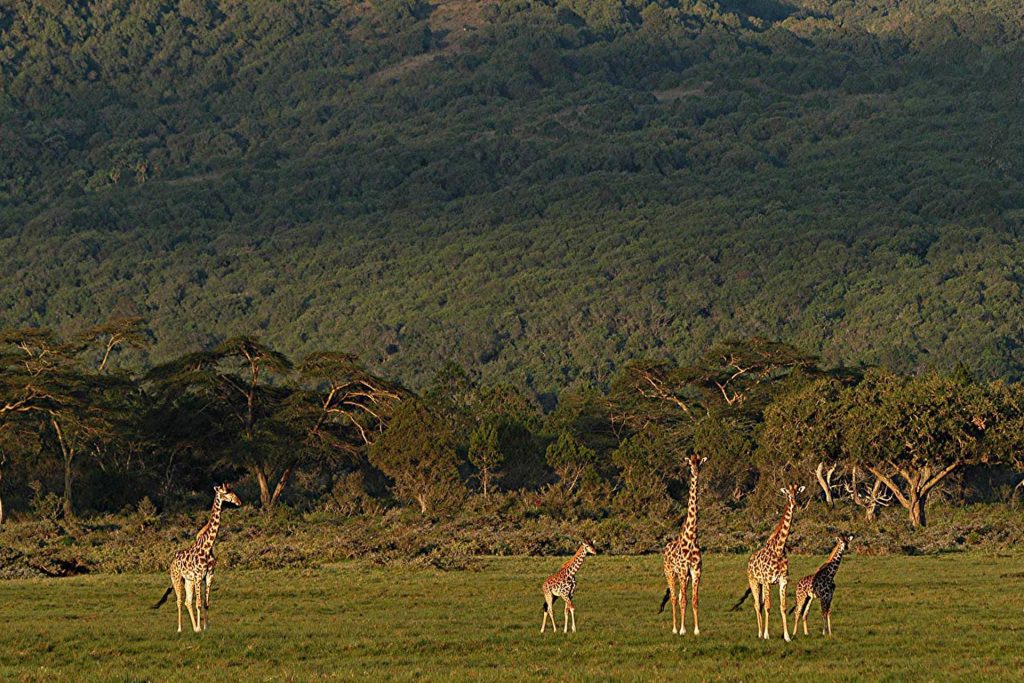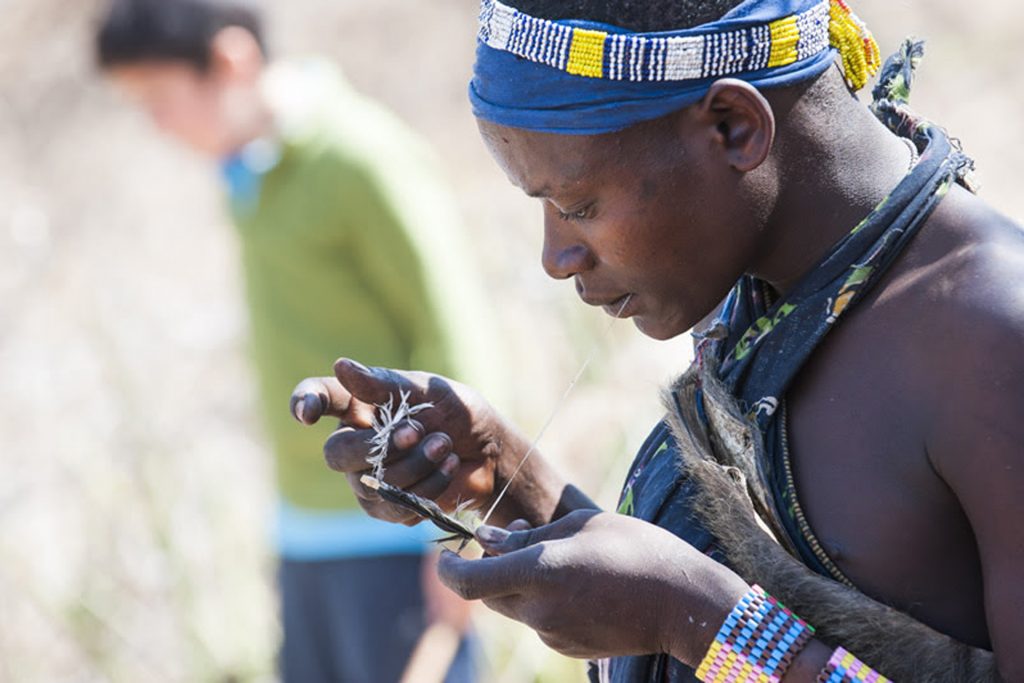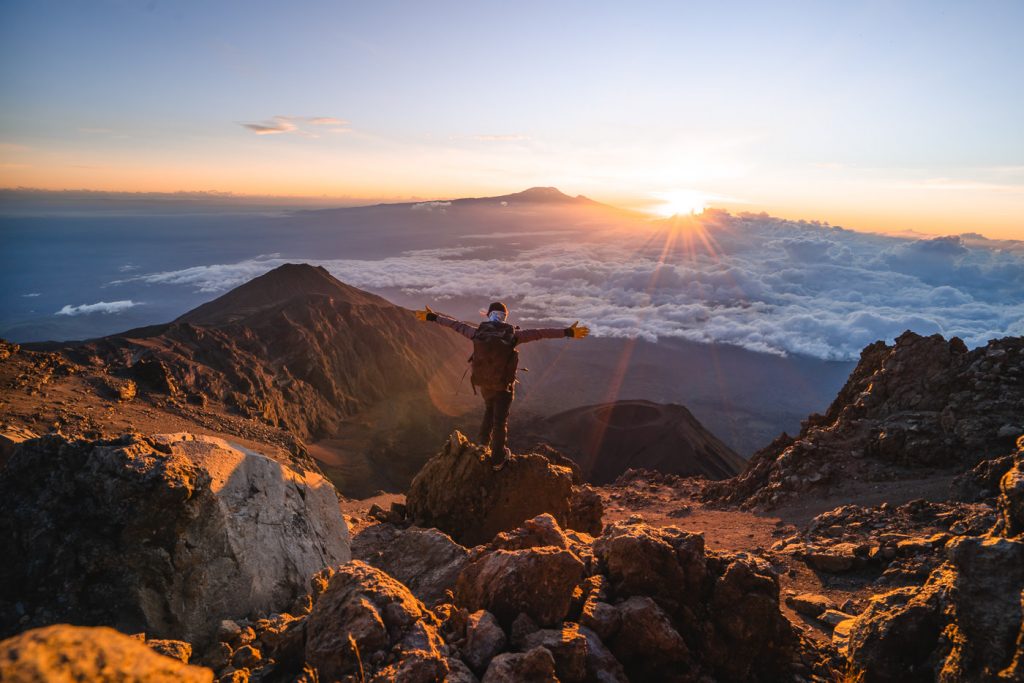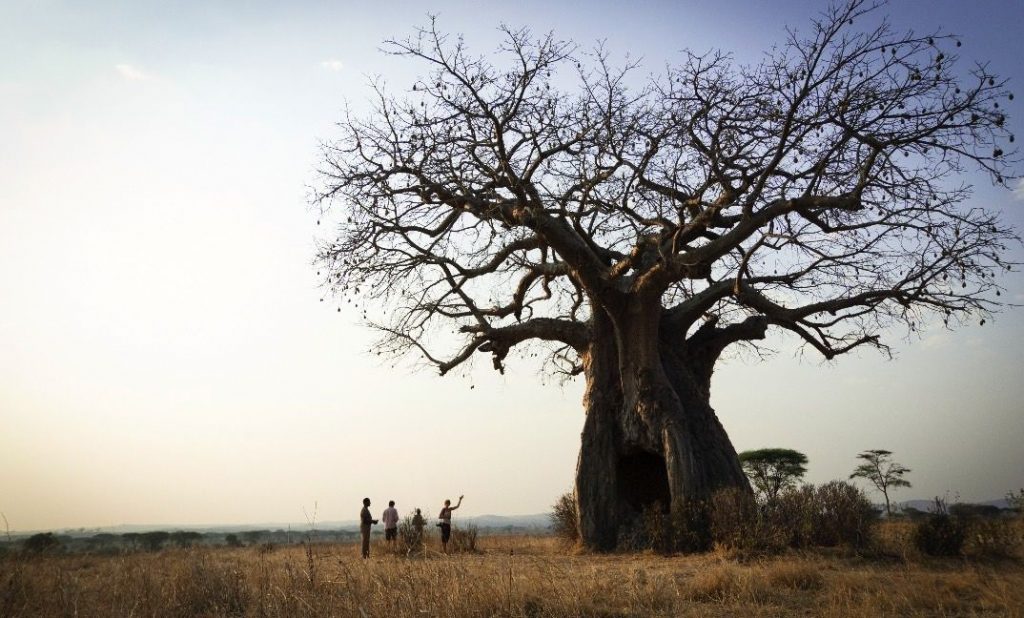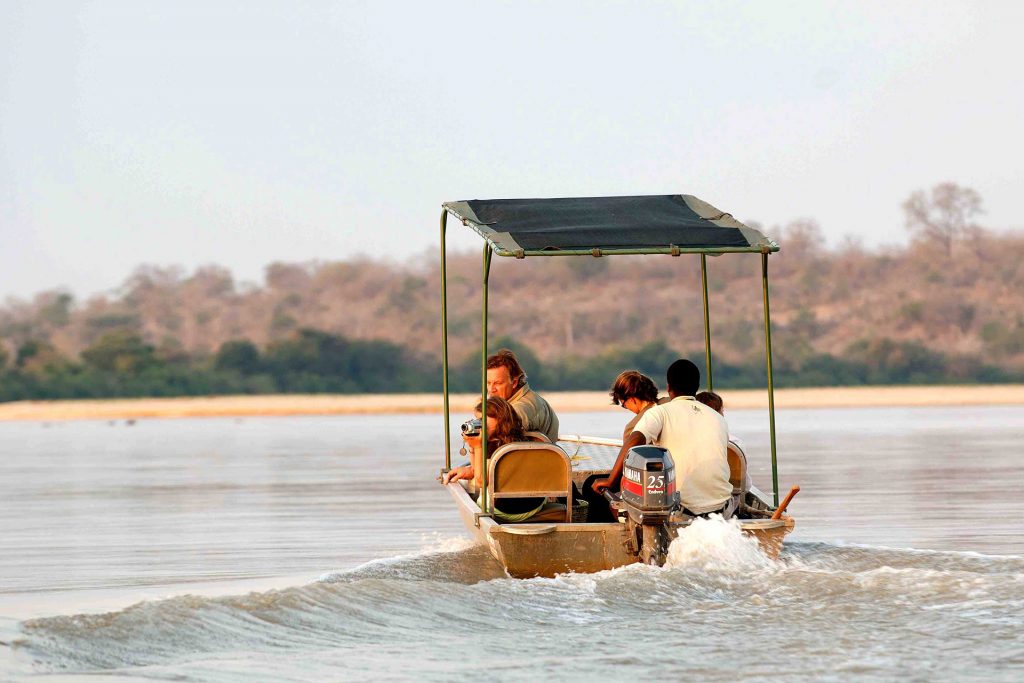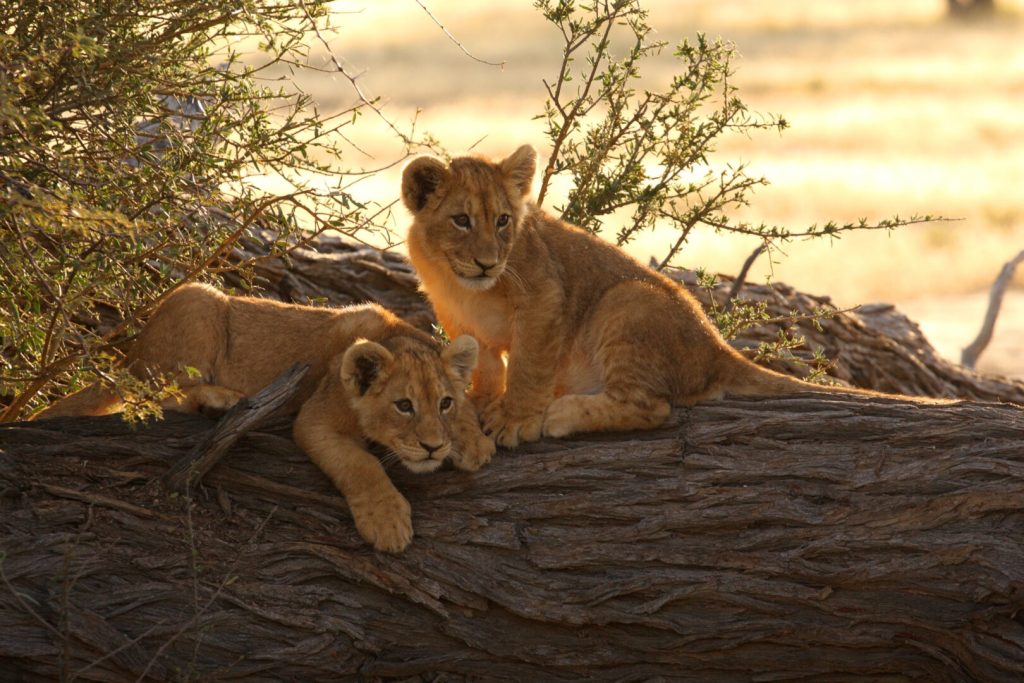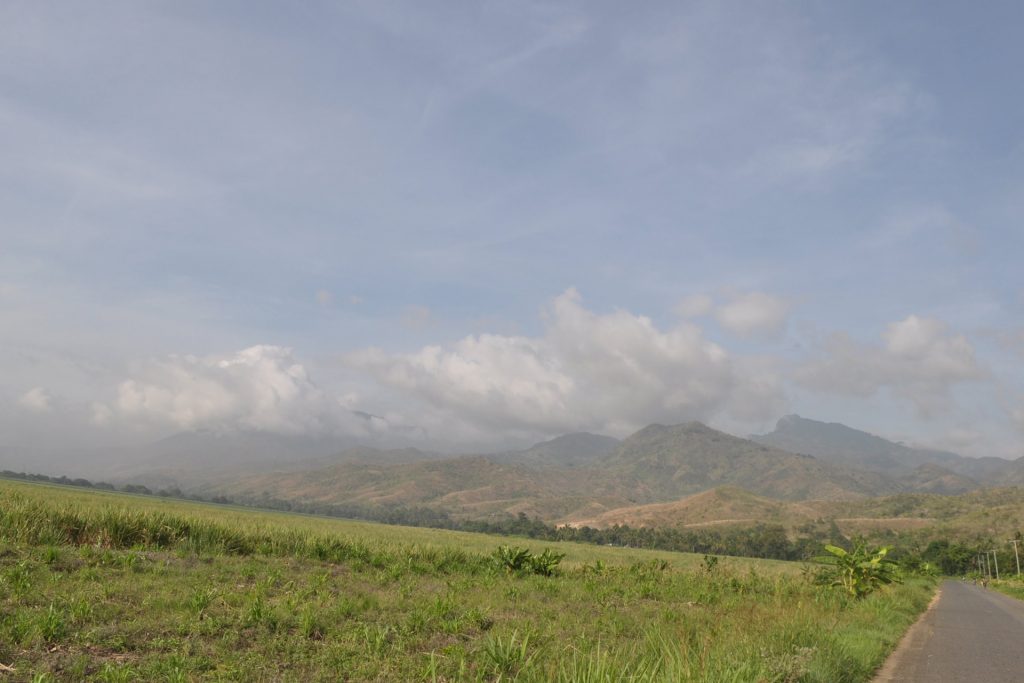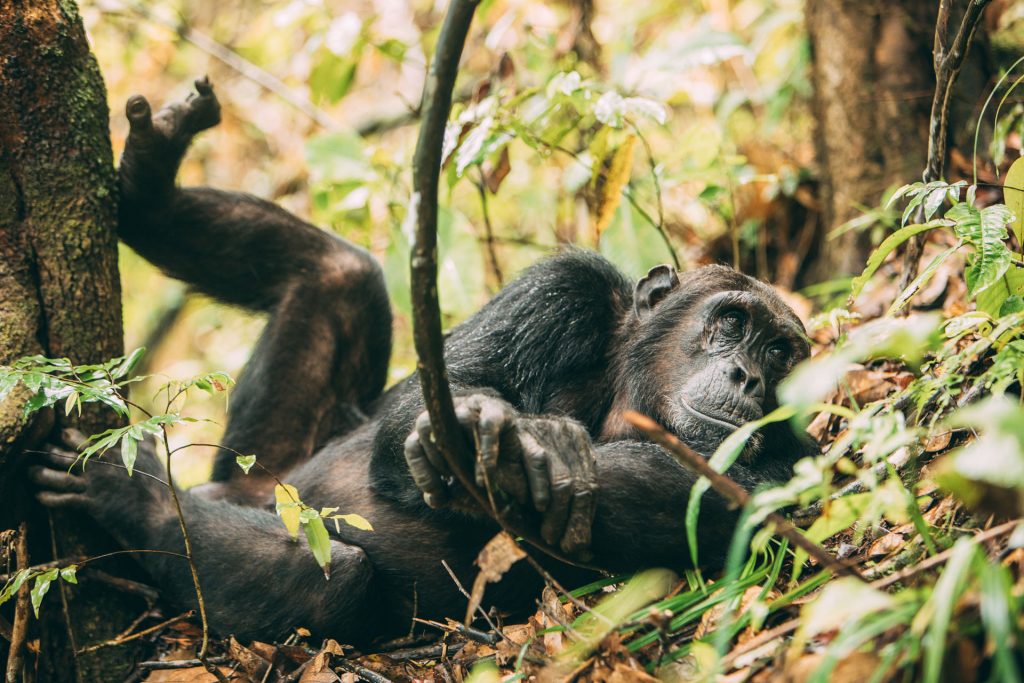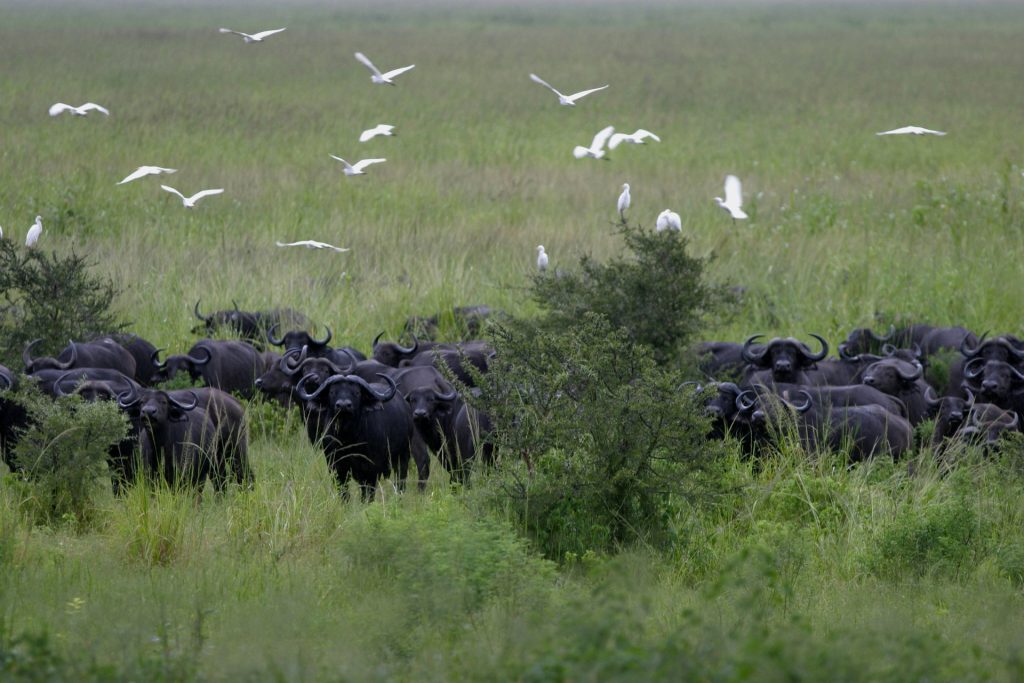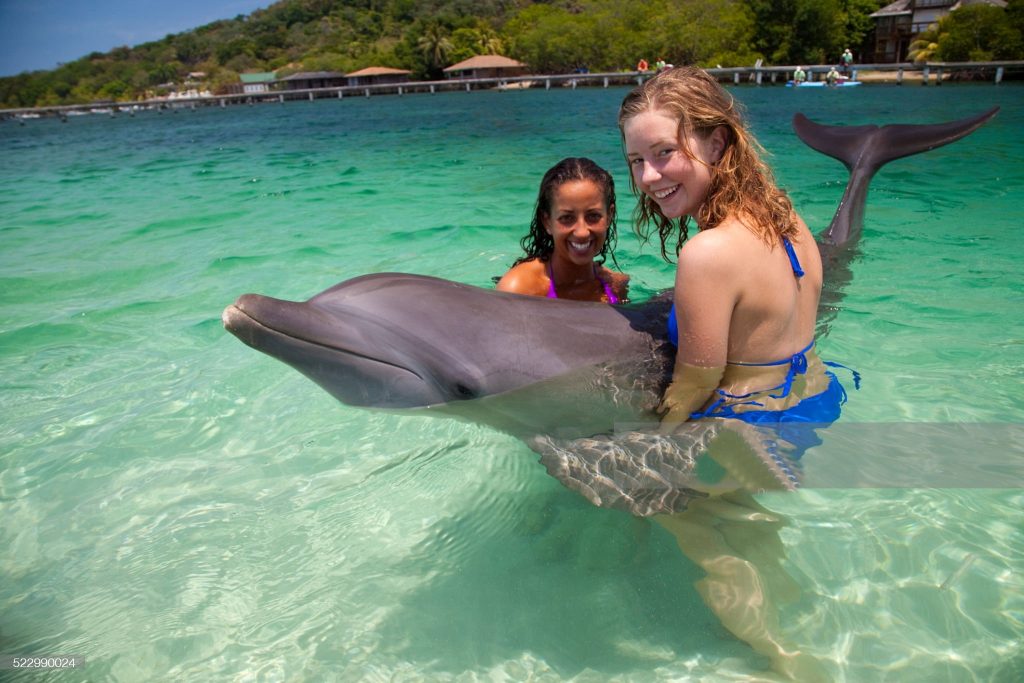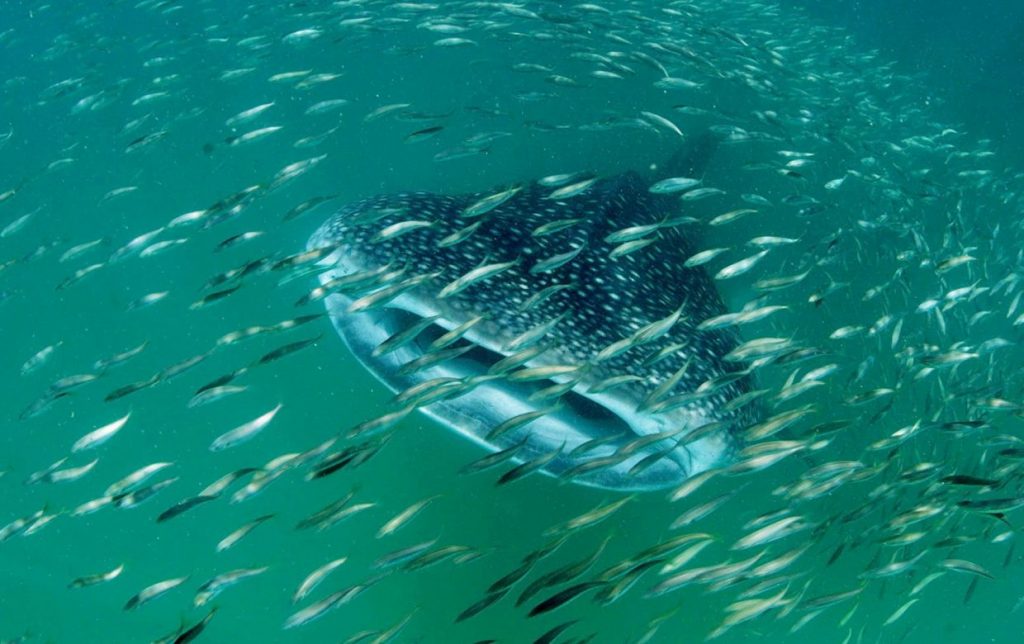Tanzania Safari Destinations
Tanzania’s geography is one of the most varied in Africa, and ranges from the Indian Ocean in the east to Africa’s highest point of Mount Kilimanjaro in the north, huge central plains and the great lakes to the east. All of this makes for multiple unique habitats, many of which are protected wildlife areas in the form of national parks and game reserves
Tanzania Safari Destinations is home to an estimated 4 million animals of over 430 species of classic African wildlife and over 1,000 species of birds. Wildlife of note in Tanzania includes large elephant and lion populations, as well as huge herds of grazers in the northern plains.
The two most popular routes for overland safaris in Tanzania are the “northern circuit” and the “southern circuit”, and both take in a selection of Tanzanian national parks. The northern circuit is the more popular of the two – with dense, accessible wildlife and more crowds and higher prices – and takes in Serengeti, Lake Manyara, Tarangire, Arusha and Kilimanjaro National Parks, and the Ngorongoro Conservation Area. The southern circuit covers Ruaha, Mikumi, Udzungwa Mountains National Parks and the Selous Game Reserve, with the same breadth of wildlife but spread over a larger, more wild landscape, and sees a smaller number of tourists.
Northern Circuit
Serengeti National Park is an absolute bucket-list Tanzania destination. With over 70 mammals, including huge populations of lions and other predators and over 500 bird species, this is a wildlife viewing paradise.
The Ngorongoro Crater, a caldera or collapsed volcano, while only covering 260 km², the diversity of the habitat provides refuge to an incredibly wide range of birds and animals, including the Big Five, in a concentrated area.
The roof of Africa. The mystique of the almost 19’500 feet high massif is one in a thousand. The Crown of Africa is relatively easy to climb for both seasoned mountaineers and amateurs. The Kilimanjaro is the most famous mountain in the world.
The spectacular alkaline Lake of this beautiful park with surprisingly diverse fauna and flora. A circuit drive through the park passes the forest, wetlands, grassy plains and acacia forests, offering views of different animals and multitudes of birds.
Tarangire National Park is traversed by the Tarangire River which never dries up. Being the only source of water during the dry season from July to October, it draws hundreds of animals to the park, making for spectacular wildlife and bird spotting.
Lake Natron is a unique, ecological area towering by Oldoinyo Lengai Mountain set in one of the most visually dramatic locations in the world! Home to the Maasai, abundant wildlife and over 1 million flamingos, perfectly situated for amazing adventures!
A diverse topography and wonderful wildlife. From the rugged peaks of Mount Meru to the marshy depths of the Ngurdoto Crater where warthog wallow, to monkey-filled forest and rolling grassy hills on which giraffe and zebra graze.
Lake Eyasi is a soda lake surrounded by volcanic mountains. Home to the Hadzabe, Bushmen who still hunt for food and who still have a symbiotic relationship with their environment, the purest example of an anarchist society with no rules.
At a height of 4,566 meters (14,980 ft), Mount Meru is a dormant stratovolcano located in Arusha National Park, 70 Kilometres (43 miles) west of Mount Kilimanjaro in the country of Tanzania. Typically Mount Meru Climb takes four days.
Southern Circuit
This vast park, with its few camps, offers visitors an uncrowned glimpse of untouched Africa, with its huge diversity of game, birds and landscapes. It’s an area known for its incredible animal sightings, including large herds of elephant and plenty of predators.
Selous Game Reserve in Tanzania covers over 45,000km² and is one of the country’s three World Heritage Sites. The reserve is world-renowned for its unspoilt bush and vast numbers of game, including elephant, lion, hippo and over 440 species of bird.
With confirmed wildlife sightings, it makes a perfect safari goal for those who are busy and have less time to travel, two days or more can get you an opportunity to explore the splendor of Mikumi national park.
The national park is known as a wildlife sanctuary because of its abundant wildlife species including elephants, hunting dogs, leopards, duikers, buffaloes, bushbucks, Iringa red colobus and Sanje mangabey which are endemic to only Udzungwa mountains national park.
The Mahale Mountains National Park is situated on the eastern shores of Lake Tanganyika in remote western Tanzania. It’s spectacularly beautiful, with the backdrop of the Mahale Mountains and lush, tropical flora. The main attraction being chimpanzees trekking.
Known for its diverse landscapes and abundance of game, with so few visitors around, guaranteed to make you feel like the only people on earth! With large populations of elephants, lions, hippos and more, game viewing is beyond spectacular, especially during the dry season.
Coastal & Beach
Zanzibar Island, along with Pemba Island to the north, is referred to as the Spice Islands, best known as a tropical beach paradise, which is easily combined with a safari in Tanzania. The history here harks back to ancient trade routes. Whether you’re looking for the culture and bustle of historic cobbled streets in Stone Town or the peaceful beaches and the warm Indian Ocean with its dhow trips and excellent diving, Zanzibar is simply paradise.
Mafia’s secluded sandbars, migrating whale sharks, nesting turtles and laid-back vibe make this island simply magic. The coast is lined with tangled mangroves and a few golden bays, where traditional dhows and kayaks are launched into the turquoise waters. Each lovers head out by boat to utterly idyllic sandbars, where surrounded by gently lapping ocean waves, they can picnic and swim from pristine, powder-white crescents of sand.

